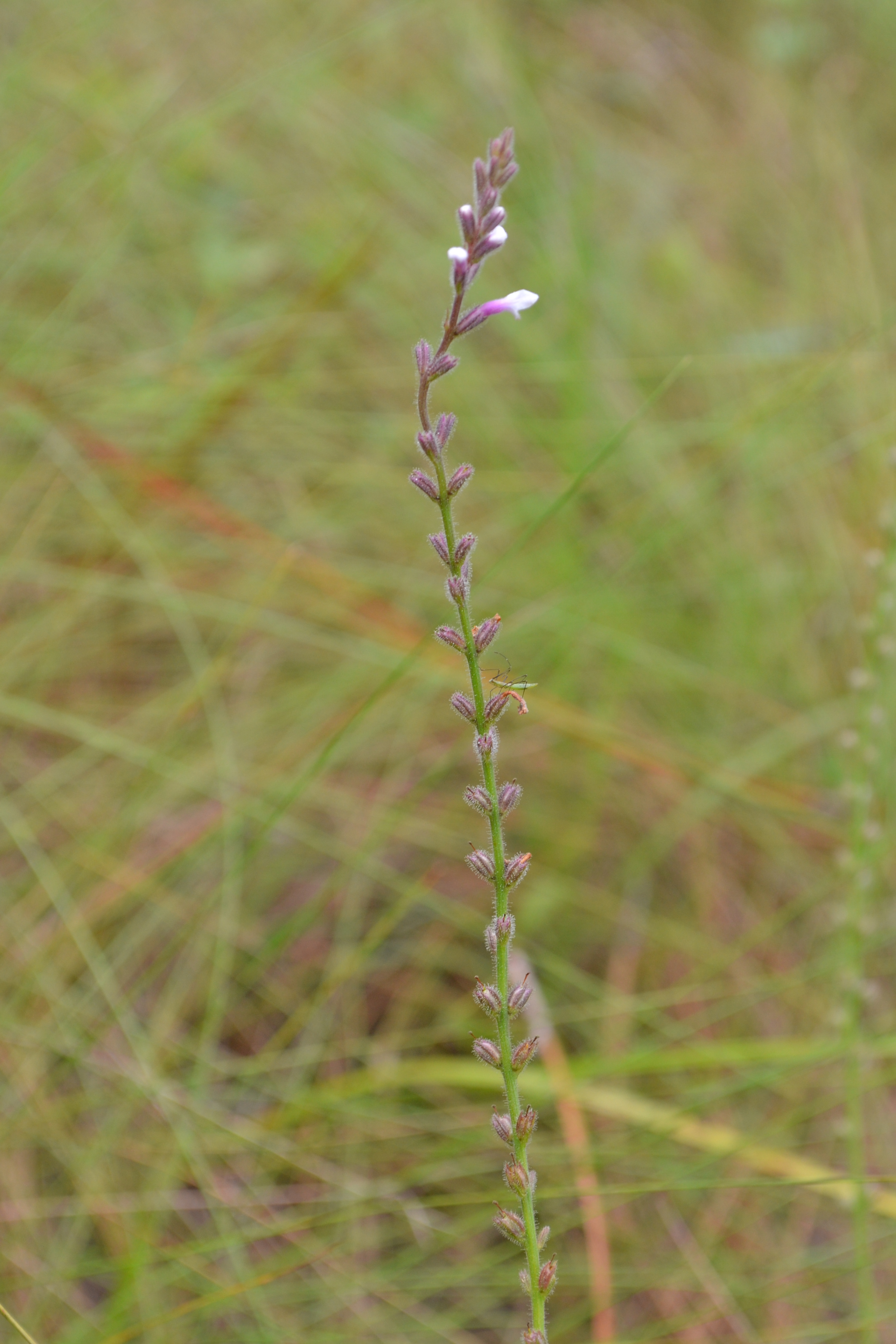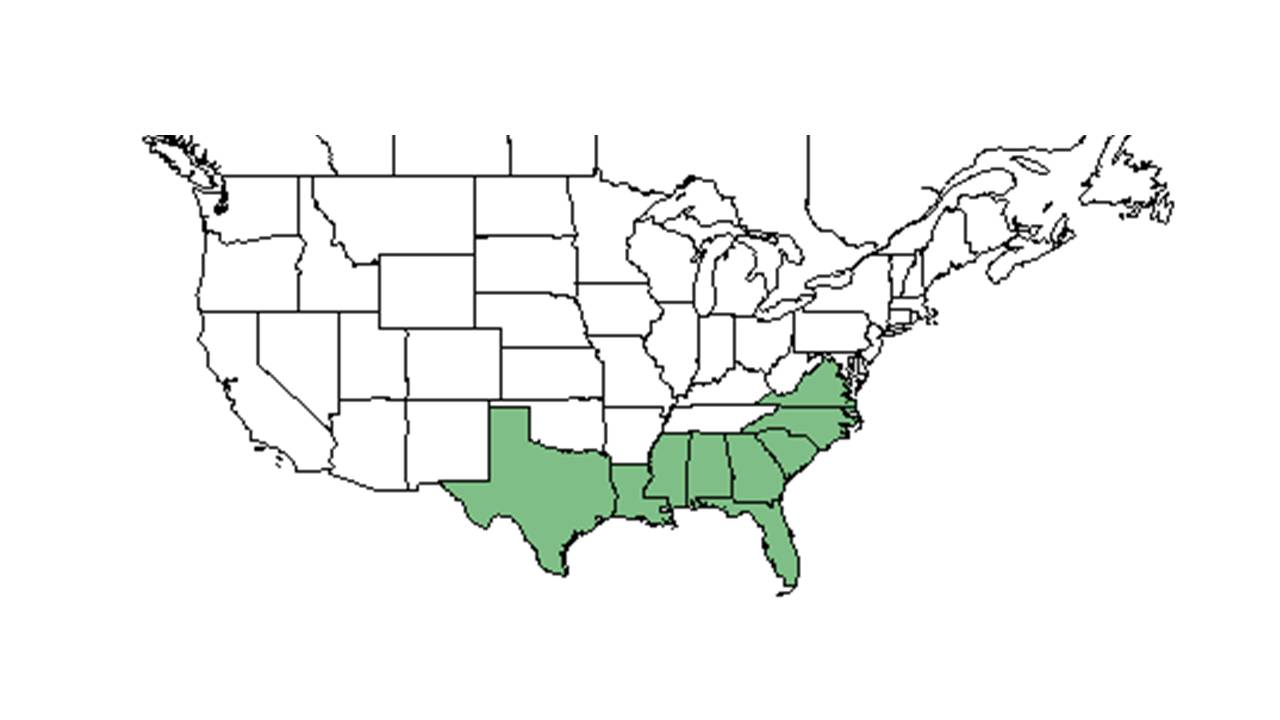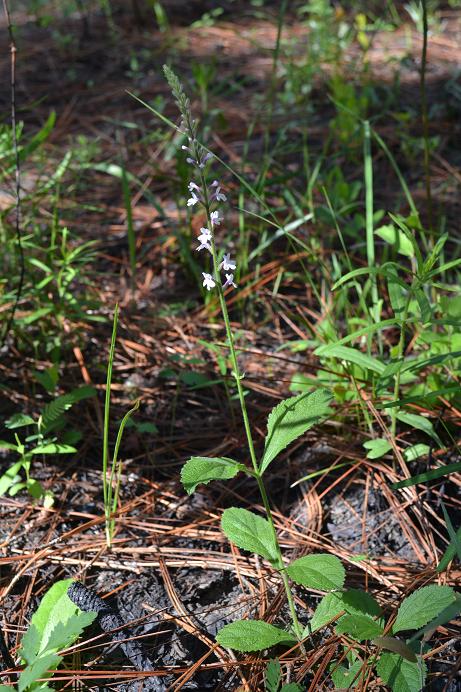Difference between revisions of "Verbena carnea"
(→Photo Gallery) |
|||
| Line 18: | Line 18: | ||
}} | }} | ||
| + | Synonym name: ''Verbena carnea'' Medikus | ||
Common name: Carolina false vervain | Common name: Carolina false vervain | ||
==Taxonomic notes== | ==Taxonomic notes== | ||
Revision as of 15:55, 15 October 2015
| Verbena carnea | |
|---|---|

| |
| Photo taken by Kevin Robertson | |
| Scientific classification | |
| Kingdom: | Plantae |
| Division: | Magnoliophyta – Flowering plants |
| Class: | Magnoliopsida – Dicotyledons |
| Order: | Lamiales |
| Family: | Verbenaceae |
| Genus: | Verbena |
| Species: | V. carnea |
| Binomial name | |
| Verbena carnea (Medik.) Moldenke | |

| |
| Natural range of Verbena carnea from USDA NRCS Plants Database. | |
Synonym name: Verbena carnea Medikus Common name: Carolina false vervain
Contents
Taxonomic notes
Description
Distribution
Ecology
Habitat
In the Coastal Plain in Florida and Georgia, V. carnea can be found in mixed pine-hardwood stands, burned pinelands, pine-mixed oak-wiregrass communities, and longleaf pine-wiregrass sand ridges (FSU Herbarium). Has been observed to grow in loamy sand (FSU Herbarium).
Phenology
It has been documented flowering in April and October and fruiting in May (FSU Herbarium).
Seed dispersal
Seed bank and germination
Fire ecology
It flowers from resprouted vegetation within one month after burning during the growing season.(KMR)[1]
Pollination
Use by animals
Diseases and parasites
Conservation and Management
Cultivation and restoration
Photo Gallery
References and notes
Florida State University Robert K. Godfrey Herbarium database. URL: http://herbarium.bio.fsu.edu. Last accessed: July 2015. Collectors: Loran C. Anderson, Rodie White, R. Komarek, R. A. Norris, Robert K. Godfrey, Richard R. Clinebell II, T. MacClendon, - Boothes. States and Counties: Florida: Jackson, Leon, Wakulla. Georgia: Decatur, Grady, Thomas. Compiled by Tall Timbers Research Station and Land Conservancy.
- ↑ Observations at Pebble Hill Plantation, Thomasville, GA in upland longleaf pine-wiregrass on Ultisols in or near long-term research plots, 2015.
